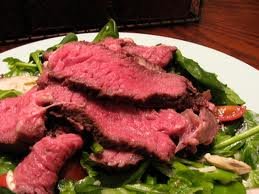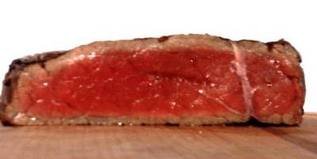333xForEveR
Assistant Cook
Every time I cook with oil, the meat whether steak, chicken, beef, etc, gets really dry, hard and condensed with oil by the time it's cooked. Doesn't occur with fish though, but it's great for cooking bacon, makes it very crispy.
Are there any solutions/techniques to prevent this? Without grilling or cooking.
I don't own a grill, but it too tends to get dry as well. Cooking either gets too dry or falls apart from too much steam(tastes uncooked).
I run the stove(heat) at around 3.5-4.5/10. I use either canola or vegetable oil. Do I cook at a higher temperature with less oil?
Much thanks to all answers!
Are there any solutions/techniques to prevent this? Without grilling or cooking.
I don't own a grill, but it too tends to get dry as well. Cooking either gets too dry or falls apart from too much steam(tastes uncooked).
I run the stove(heat) at around 3.5-4.5/10. I use either canola or vegetable oil. Do I cook at a higher temperature with less oil?
Much thanks to all answers!


